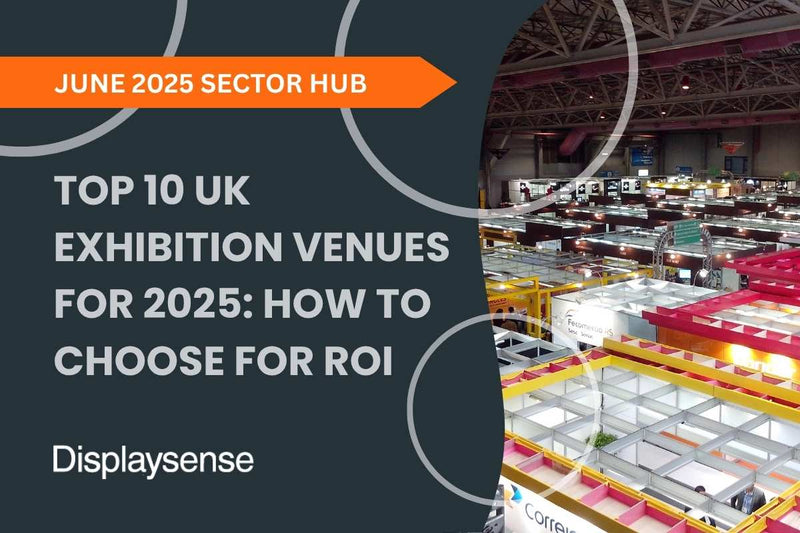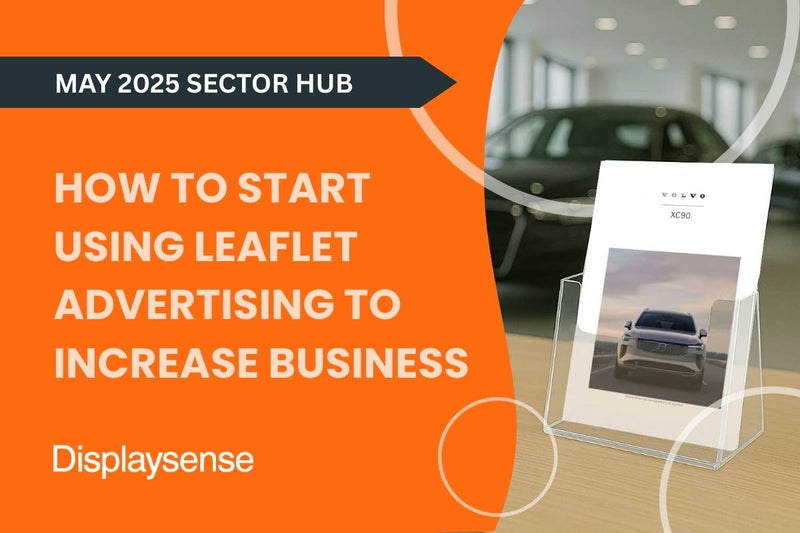How to Start Up a Small Café

How to Start Up a Small Café
Have you ever dreamt of starting your own café? Do you want to be known as the go-to place for a morning coffee, but don’t quite know where to start? At Displaysense, we have a few tips and tricks to help you get started with setting up your café or coffee shop.
Keep reading to find out our 7 essential tips on how to start up your own café business.
Contents
● Market Research
● Location
● Branding
● Equipment
● Insurance
● Food choices + costs
● Payment
Market Research
Before setting up your café, it is important to check the current landscape. When conducting your market research, looking at your local cafes and coffee shops online or visiting them is a good starting point.
This will give you a general idea of what your potential competitors are doing and how you can do it better. Make notes about the good and bad points of your experience and visit, and from here, you can factor these considerations into your business plan.
Location of your café
When setting up your café, one of the most important decisions you will need to make is the location of the business. You could have an aligned marketing strategy and offer the best food at the lowest price, but if the location isn’t right, you will find it hard to attract customers who want to return.
Making sure that your potential premises are in a good location should be paramount. Still, another consideration you need to make when locating your business is the size of the place. You want to be able to house all of your potential customers, but you also need to ensure that you don’t have costly spacious premises that you can’t fill.
Consider the type of customers you want to attract when considering your location. Do you want to cash in on the rush of morning commuters, or will your café be focused on targeting biking communities in remote areas?
Urban areas with heavy foot traffic can be costly, and as a new business, you need to factor this into your business plan. Alternatively, if you choose a location with less footfall, you may need to invest more in marketing to attract customers to your café.
This is a decision that only a business owner can make, so make sure you visit lots of premises before deciding on your spot.
Key Takeaways
● Think about the customers you want to attract
● Footfall vs marketing costs
● Premises costs
● Size of your café
Branding your café
Once you have decided on a location, you need to decide how to brand your café. Creating a well-branded café can be the difference between one-time purchasers and returning customers.
Customers like to have experiences when dining out and spending time and money. This is your chance to be creative and come up with a bright idea, which is often the starting point of many businesses.
This will inform everything from logo design, the food you offer, the furniture you decide to decorate with, and even the customers you want to attract. Having a clear vision of this from the start can help every business decision - if you don’t know where to start, why not create a mood board or a Pinterest board with inspiration?
Creating an elevator pitch is one way to know if you have a solid concept. Can you sell your café in a sentence to a passerby? If not, it may need a bit more work.
Key Takeaways
● Decide who you want to attract and what you can offer them
● Have a clear and defined brand that you can sell
● Create an elevator pitch for your café
Essential café equipment
Here is our checklist of essential café equipment that you will need to start your new café business:
● Coffee bean grinder
● Coffee brewer
● Countertops for a till
● Till
● Crockery
● Oven
● Toaster/Grill
● Display boards
● Food display
● Chalkboard or noticeboards
● Tabletop chalkboards
● Tables and chairs
● Menus
● Menu holders
Key Takeaways
To start your café business, you will need basic equipment as listed above. Make sure you check out the range of display cabinets for your baked goods, storage and shelving for your stock, and the range of sign and menu holders so your customers can see what you offer.
Insurance
Insurance for your café is another important thing you'll need for your new business, which ensures that your business and customers are protected.
You will find insurers that will help cater to the needs of your business, but it is important to have insurance that covers the following.
Employers’ liability insurance
This type of insurance will cover your employees' health and safety. The nature of a café means that employees could be injured carrying out work tasks, such as burns, slips and other accidents. Make sure you stay covered, and your workers stay protected with employers’ liability insurance.
Business interruption insurance
Business interruption insurance will cover your café if you’re made to stop trading temporarily. You will be covered for profit losses with business interruption losses, so it is worth ensuring you are covered.
Building contents insurance
This type of insurance is designed to cover the contents of your building, including any stock you have and will ensure you won’t suffer a loss if anything happens to your premises.
Key Takeaways
● Many insurance companies will cater to your needs and provide coverage based on your needs.
● You need to look into insurance, including buildings, contents insurance, business interruption insurance and employers' liability insurance.
Food Choices + Costs
This is up to you and your cook to discuss. What type of food do you want to serve to your customers? Will you serve hot food, or would you prefer to offer cakes and baked goods? Cold food takes less preparation time, but hot food could draw more customers and enhance your customers’ experience.
Considering this from the outset will allow you to outline how much your stock will cost you monthly. From here, you can work out some other costs and how profitable your business will be.
While considering stock costs, you should also consider staffing costs and other business costs. This will also allow you to create your menu prices. You should be mindful of your business costs from the outset; otherwise, you could run into cashflow issues or losses.
Key Takeaways
● Discover what kind of food you want to offer your customers; will it be hot or cold?
● Identify your costs from all angles to ensure you have a sound business plan that is ultimately profitable.
Payment
Setting up payment methods for your customers is vital in the current climate. Consider the different types of payment you want from your customers for your services. Points of Sale (POS) are crucial for any business, and streamlining the process can only be beneficial. Payment software will also make your transaction data easy to understand, save you a lot of time and effort, and allow you to track your inventory.
Key Takeaways
- Offer your customers multiple options for payment to make their experience faster.
- POS will allow invoicing and stock control to be easier.
At Displaysense, we offer a range of materials that can help make setting up your café that little bit easier. Make sure you check out our selection of display cabinets, tabletop chalkboards and sign and menu holders to provide the full experience for your customers.
Related
- Why are posters an effective way to advertise?
- Poster Holder Buying Guide



